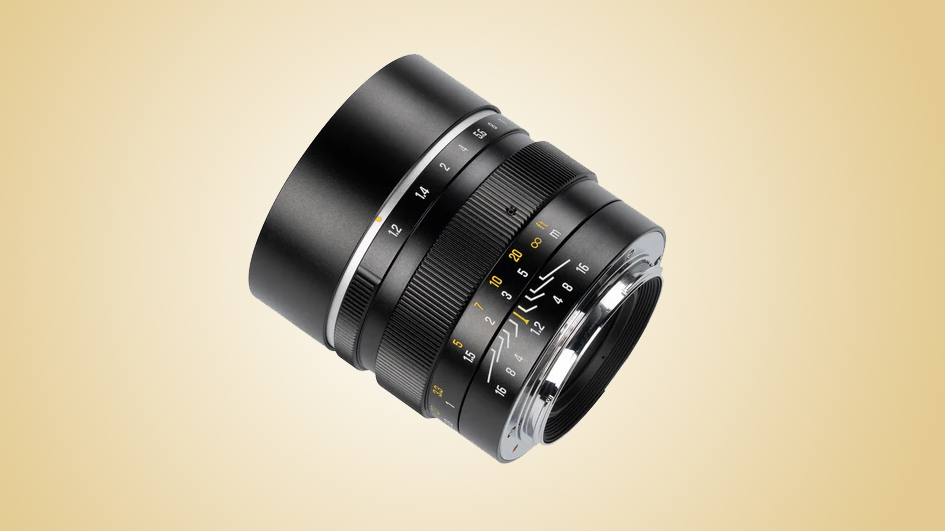These landscapes look like Turner paintings thanks to intentional camera movement!
UK-based Andrew S Gray demonstrates how to use long exposures and camera movement to reveal his philosophy and approach for image-making

In an age when we are more obsessed with image sharpness than ever, it’s refreshing and unusual to see photographers making a virtue out of images with intentional blur and motion. With creative vision and appropriate technique, the results can look astonishing – as the images of UK photographer Andrew S Gray demonstrate.
Some photographers are obsessed with using the latest and best professional cameras but Andrew created these images using the Nikon D700 – a DSLR which is 14 years old but nevertheless is still a worthy tool. In the current cost of living crisis, it's more proof that what you do with your camera is more important than its specs, and using what you have can yield amazing photos.
Here, Andy shares his philosophy and approach for intentional camera movement and photography in general.

Andy is an image maker based in Northumberland, UK. The local landscapes, coastline and nature in general have shaped his vision from an early age and continue to inspire his photography. He sells prints, runs workshops and even dabbles in the occasional podcast.
www.andrewsgray.photography
How did your interest in photography in general first begin?
I can’t really pinpoint a time – there was always the typical cheap film camera around for holiday snaps and family occasions and I was never discouraged to have a go with it, so it may have started back then. From a young age I’d been half decent at drawing, so I think I’ve always resonated to the visual mediums, and the desire to compose a picture by one means or another has always been there.
While the Nineties was a blur, at the end of it though was when photography began to take hold of me properly with the beginnings of the proliferation of digital. Suddenly there was no development costs and not every shutter press was a financial burden. Then by 2004 I stepped up from my first digital camera to being a DSLR owner, and never looked back.
What attracted you to landscape photography, specifically?
The best camera deals, reviews, product advice, and unmissable photography news, direct to your inbox!
Living in the sticks in north Northumberland, there is little else apart from landscapes and nature. When surrounded by the iconic views of Bamburgh, Dunstanburgh, the famous coastline and Cheviots, you’re not really going to end up shooting high-fashion images, you’re going to be making images of the landscape. I’m very happy to spend vast amounts of time by myself, so being out in the landscape, with hopefully no one around, is a great way to relax and declutter the mind far from any hustle and bustle, concrete and tarmac. Give me fields of grass, quiet tree-lined lanes, a walk along a beach and a warm summer breeze any day!

What were some of the first scenes/locations you shot?
Scenes and views of rural and family life around the farm I grew up on. The steading itself was Victorian-era sandstone buildings filled with 60 years of detritus, old rusting machinery and with minimal maintenance, so was quite characterful with its ‘modern’ additions of hay sheds and livestock feeding provision that the Fifties/Sixties and beyond demanded. Also around was obviously plenty of nature, small woods filled with bluebells and wild rhododendron bushes. So there would be views over the farm as the crops ripened with bright blue skies, down to the rapidly ruined state of an old hemmel as its roof falls in and with greenery growing from its wall head.
After [DSLRs came along] I started carrying a camera everywhere... snapping every vivid sunrise or sunset; any weather event; a ray of sunshine casting pleasingly on the hills on the way to work; jumping trout in the river where I spent my lunch breaks; and making what I hoped were atmospheric images of old disused steadings on the estates I worked on, when I was supposed to be surveying them for conversion as my former role as an architectural draughtsman.
All along, from even before my first digital camera in 1998/1999, I’d spent time in front of a computer learning the basic editing processes and tricks. In those initial days this was in PaintShop Pro, and so this has no doubt driven my imagery [and led to it] being quite heavily influenced by how software can manipulate the data the camera captures.
I’ve always been one for experimenting so I’d tried IR within months of getting my first DSLR, and continued trying different styles and techniques. For so long I preferred and pretty much referred to myself as a black and white photographer. Preferring the highly stylized and processing involved in long-exposure photography inspired by the beautiful architectural works of Joel Tjintjelaar, I dove deep into that for a good few years.

When did you first discover abstract photography?
While I loved it, the pixel-by-pixel attention I was giving my long exposures was literally driving me nuts, so I began to throw heavy focus blurs and heavy grain over these images in post-processing in an effort to ‘break’ them. I’d come to the end of this period of my work and I started to pay more attention to other UK photographers on Twitter, having been previously distracted by more international based photographers producing fine-art composites and travel photography, which can begin to blend into one.
Then one day an image by Valda Bailey popped up in my Twitter feed. It was a street scene from New York which quite simply looked like an abstract acrylic painting, but was obviously a photograph. Not only did it knock my socks off, but it also made me ask the question, “How?”. So after some research I discovered it was made from multiple exposures with some ICM mixed in, all put together in the confines of her Canon 5D Mark III. Knowing my Nikon D700 had multiple exposures, I tried and was disappointed to find that it only has an average exposure blend in-camera, and changing systems was, and still is, out of my price range. So there had to be another way… and that way was Adobe Photoshop.

What attracted you to this style, and what were your first attempts like?
Like I’ve said, I’d always prioritized the post-processing element of photography to refine and make an image. I remember one of my first efforts at just ICM was the head of a sunflower, which I converted to black and white and processed it with a grungy feel. I also remember a couple of images made using some terrible-quality ND filters, which had such a warm cast that my 50mm lens produced a hot spot as if it was being used with an IR filter! All these early efforts were terrible and it was well into 2014, almost a year since first trying the techniques, that I finally hit on an image I liked, and the way it came about has since then driven almost every abstract landscape I’ve made since. Very much my light-bulb moment.
Once this light bulb went off I had a purpose and a style of my own to go full bore with. One of my issues I’ve had for years is a travel anxiety, which has meant my images are pretty much all made within 20 miles of home – this might explain the reason I’ve always experimented with photography, as there is only so much variable weather you can photograph Bamburgh Castle in.
But finding my particular style of ICM/abstract landscapes meant that suddenly my surroundings were new again, and also I had the potential to make images that no one will ever be able to mimic exactly. No one will be placing their tripod in my places like they do in so many locations throughout the world. I can’t even mimic my own images! Each is new, and some sets of data can produce several different images that are completely different to
the last.
My style was recently described by a client as “anarchic and without rules”, and I love that idea, I guess I can do what I want with it as I’m not hamstrung by supposed rules for traditional landscape photography; what works is just what is pleasing to my eye.
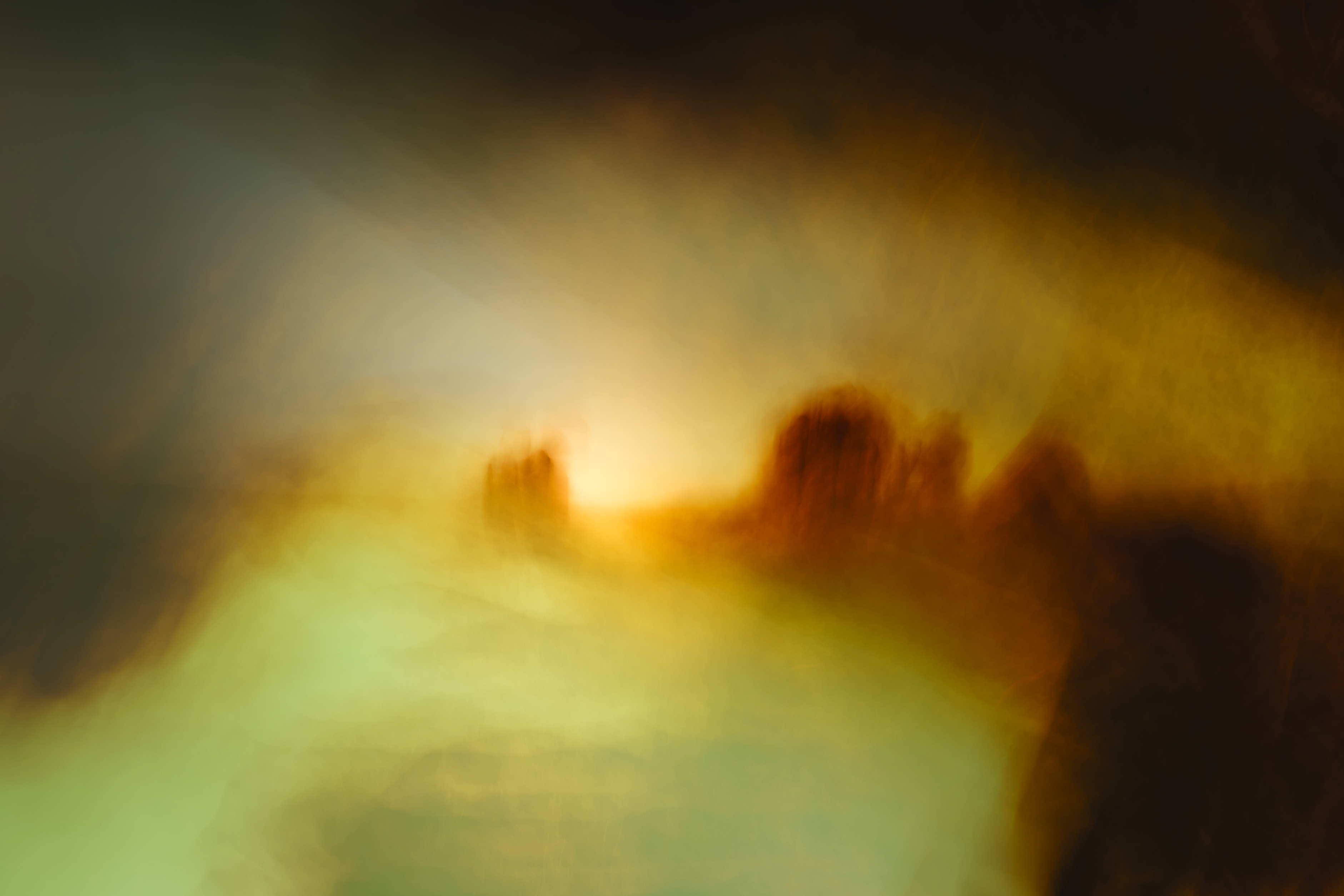
Have you got a favorite location or subject for ICM photography?
Anything old! What I don’t like is modern architecture – its edges are too clean, too precise, so give me a sandstone ruin in a landscape any day! Thankfully there are plenty of castles, churches, stately homes and relatively unspoiled landscapes around here that don’t look too dissimilar to how they did in the 1800s, and I think some elements of my work hark back to paintings made at that time.
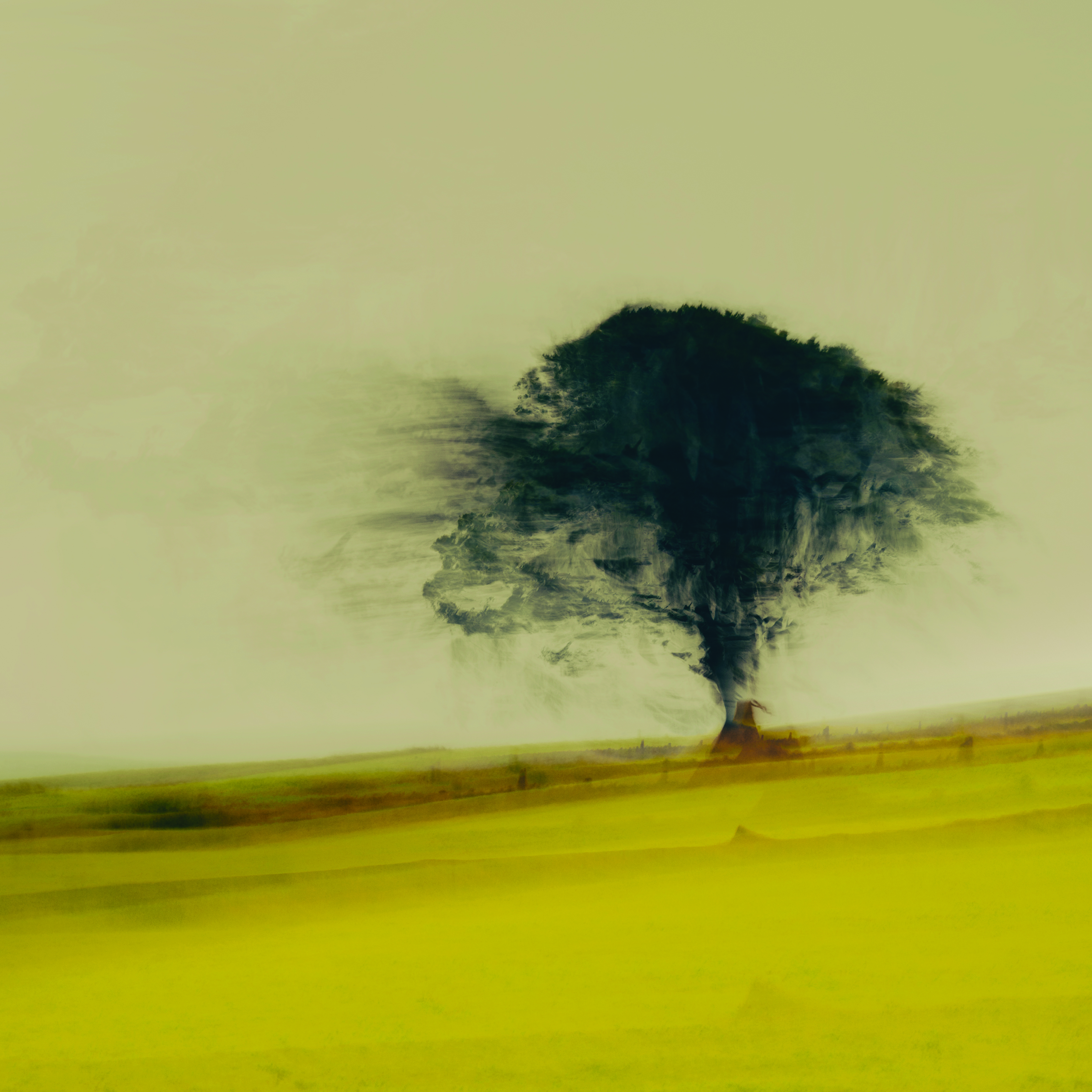
What’s involved technically in intentional camera movement photography?
Well ICM can be very simple! An exposure adjustment to keep the shutter open longer, then moving the camera during an exposure left or right (by the sea) or up and down (in woodland), is what a lot of people do. They even do it from a tripod (I think they do this because a tripod is their comfort blanket; they’ve been preached to that sharpness is king for so long that they are scared to let go…). But that’s all a bit simplistic to my tastes, so I go a little more mad with it.
Primarily I need an ND filter and for 99% of the time I use a six-stop due to its light-stopping versatility. If the natural light is bright, you can adjust the f-stop to compensate, if the scene is dark, you can open the f-stop up. Doing this with a three-stop or a ten-stop, you are stuck at either longer than pleasing exposures or exposures that are too short.
While most people stick to the up-and-down or left-and-right movements, my movements during capture are a controlled form of random (affectionately branded by a friend as the ‘wiggle dance’). What I aim to do is use subjects in the composed scene, the light areas and dark areas, and during the exposure (which can be as fast as 1/5 of a sec), hold the camera still-ish at the start of the exposure, then begin to move the camera to ‘paint’ the scene on the camera sensor in a pleasing way before the shutter clacks shut again. It’s easier done than trying to describe to be honest, though not easy to get a pleasing result without a serious amount of practice in all kinds of lighting conditions.
What I aim to capture in the field is scenic images, or elements within the scene, in a way that resembles a brush stroke. Even after shooting almost nothing but these for six years, it is still a haphazard technique and I discard hundreds of images from every shoot that just don’t have the pleasing movement I need to begin constructing the image in post.
Andy's kitbag
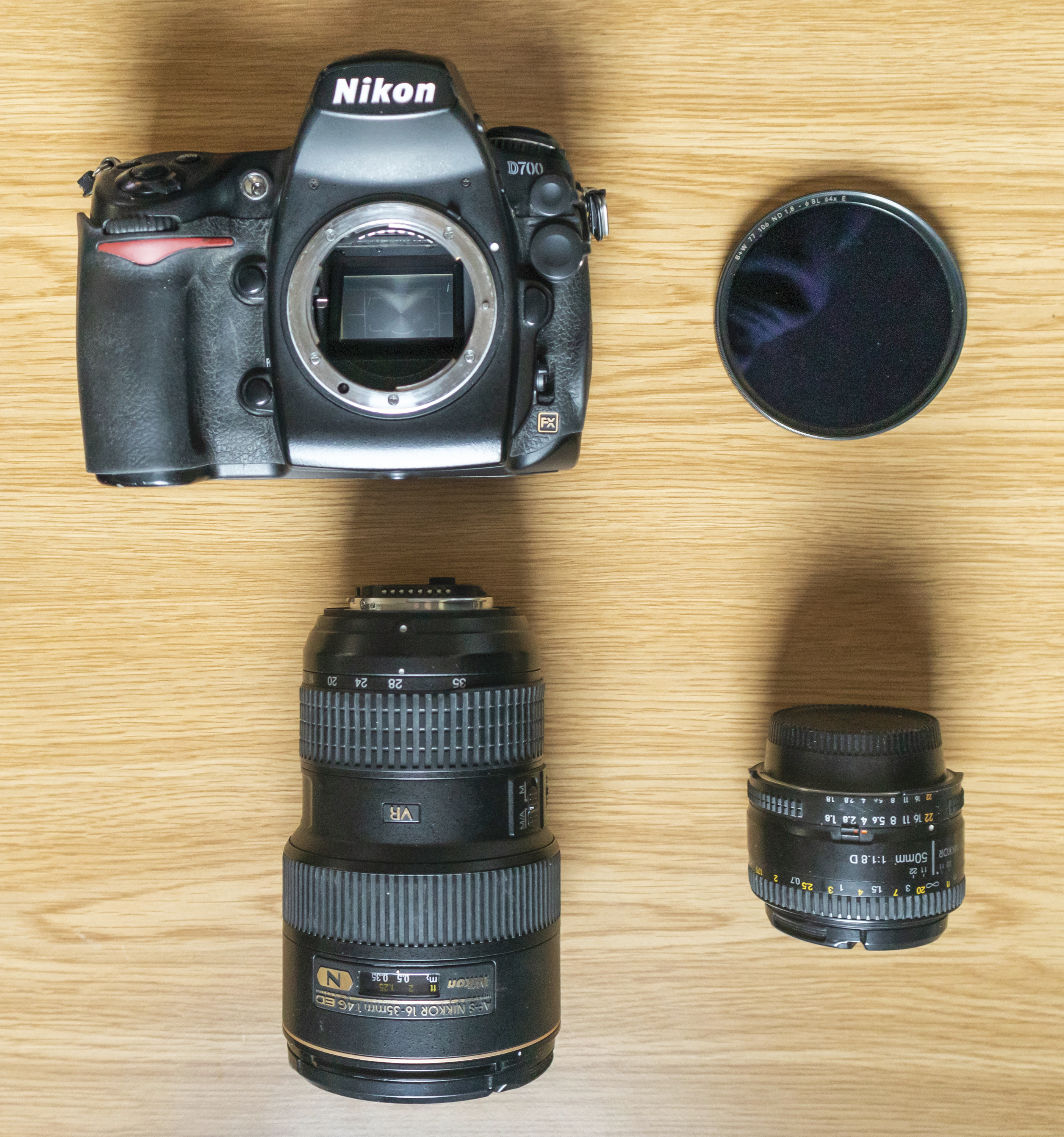
Andy shot the majority of these images with a Nikon D700, Nikkor 16-35mm f4 lens and Nikkor 50mm f1.8 lens, plus a B+W six-stop ND filter (screw-in type). Andy's D700 camera body has been discontinued, but why not check out the Nikon D780 or Nikon D7500?
What sort of editing work do you do to your images?
This is where the fun begins! The easiest way for everyone to find out is to watch my editing livestreams on YouTube. But, here is a brief run-down. From say 40 captures of each scene I pick out (usually) five that I feel will work together. I will then clean up these images in Lightroom, apply color balance corrections (or creative choices), de-noise, lift shadows, the usual stuff. I’ll then apply these settings to each of the five selected images.
I open these in Photoshop in a single image (from LR, ‘Open As Layers In Photoshop’). I’ll then see how these layers blend together using the layer blend modes. Sometimes they will work together nicely with all having the same blend mode applied, sometimes a layer or two may have another blend mode applied. It’s just done on feel. I may realign everything so elements in the composition line up, then crop or mask the hard edges that may appear.
I’ll usually adjust colors here, as stacking images like this can create some horrific saturation or banding issues. I may also apply some curves adjustments too. What I’m aiming for is to create a scene by combining these layers together until I’m pretty happy with it, at which point I’ll then take it further! I use Analog Efex Pro 2 from the Nik Collection by DxO to further my images at this point.
I have a range of my own presets I use as starting points (available from my website). In here I use various panels but mainly the double exposure panel, film effects and levels & curves to either refine or completely change my starting image. It really is this late in the process where the final image can come about. Simply spinning the double exposure overlay one way can potentially create something very new and far from the initial starting idea (and therefore far removed from the scene captured).
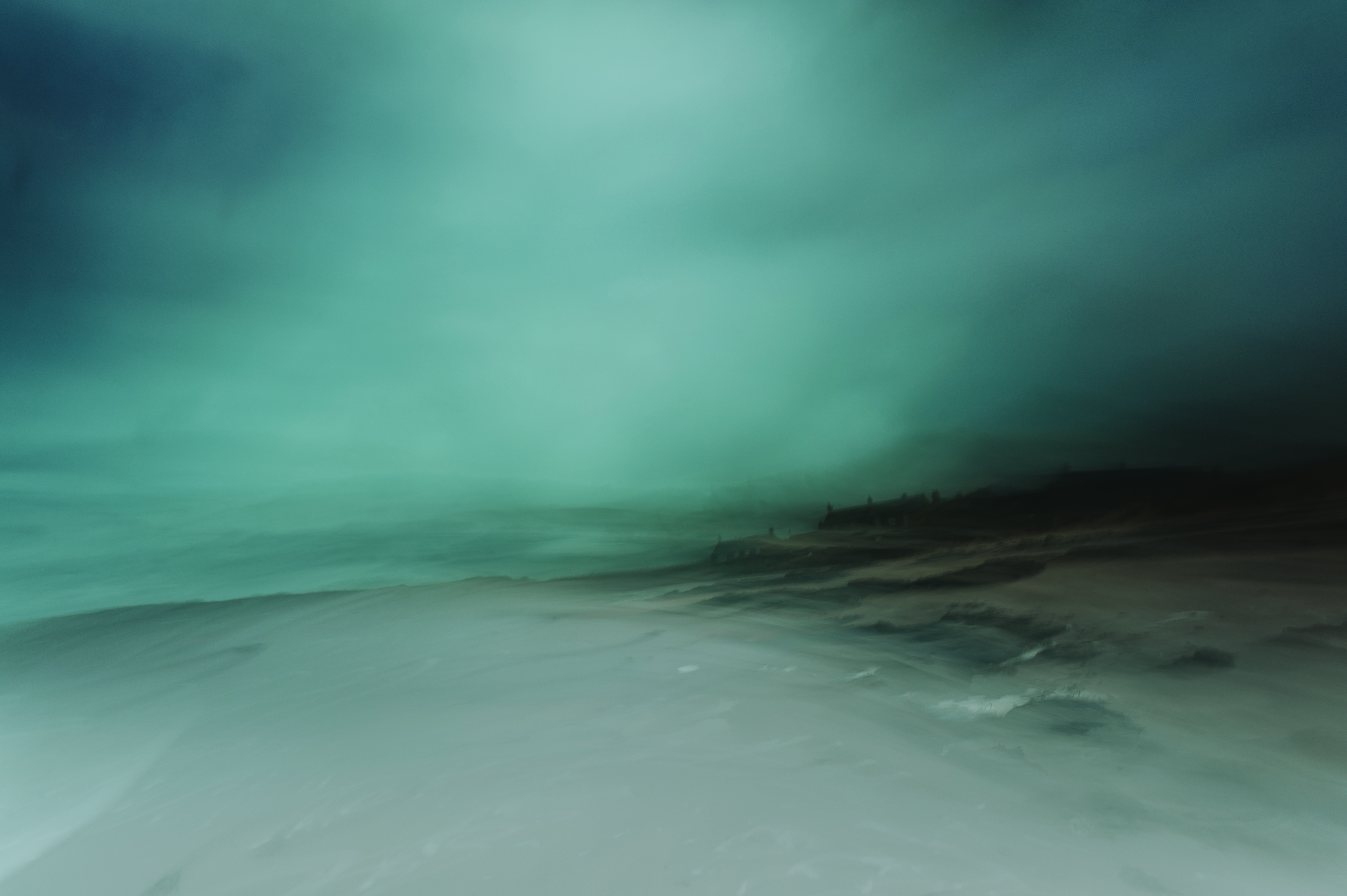
ICM is relatively uncommon as a technique – why do you think it’s not used more often by photographers?
Because it is hard! You generally don’t get an image instantly as with other regular techniques. You also need a certain kind of mind too I think. I find lots of photographers I come across are from very technical backgrounds – graphic designers, architects, accountants, engineers etc – all technical and precise jobs by their nature, and I think these find it hard to let go of that precision. One thing you do not get with ICM is precision, sharpness, consistent results and a true capture of what’s in front of you. I think that is a big hurdle to get over.
When it comes down to it it’s not a technique for everyone, just as mountain photography isn’t for me (especially being up one, but I’d do okay from the valley
floor though).
What makes the best ICM photography? What are the key ingredients?
There is no answer to this really, art is subjective and so is ICM photography. What pleases me won’t please others. For me I can appreciate a da Vinci sketch, a Constable, even a Rothko – but what I don’t rate is a messy bed in the middle of an art gallery. It’s all subjective.
That said, my personal preference and the way I mostly work is that my abstract landscapes need to retain an element of the subject, no matter how abstract or washed-out the end image is. I need to be able to say to myself that I can still see that castle/tree/random thing in the image. I’m not into extremely abstract works, unless I can find comfort in the color schemes.
What common mistakes need to be avoided?
Being too rigid, not only in thought processes or willingness to ‘let go’, but literally as you move. Let your movements be loose. Other than that there are not really any mistakes; it’s our own art and there are no wrong ways of doing things.
You often give your images poetic names – what inspires this?
They either come to me or they don’t. Sometimes I feel they can be a bit pretentious and so more lately they’ve become more like ‘Ruined Church in
evening light’. Occasionally when they deserve it I’ll pull out some random half-remembered (wrong) quote from a film, book or show, or even steal the title from another piece of art. Last year I made an image inspired by a JMW Turner watercolor sketch that started ‘Lost to all hope…’, so I called my version that too!
What upcoming plans have you got for the future?
As well as continuing to take 1-2-1 clients in these techniques, I’m hoping to work on formulating small weekend group workshops. The more I can do of this means I can start to tentatively venture further than the North East of England to make new work when funds and confidence allow. I’m also aiming to get more content done and out onto YouTube.
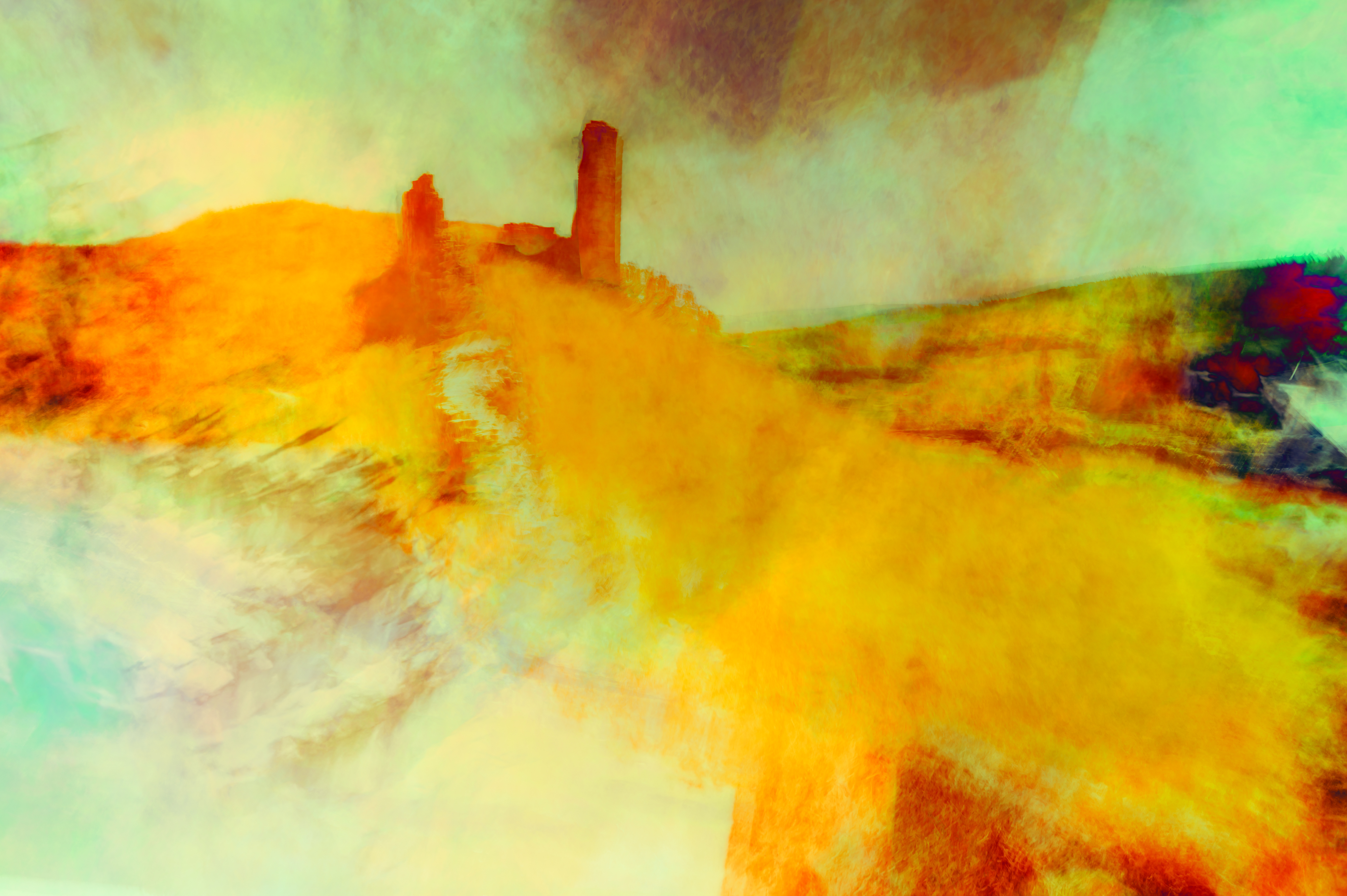
Read more:
The best lenses for landscapes
The best professional cameras
The best photo editing software
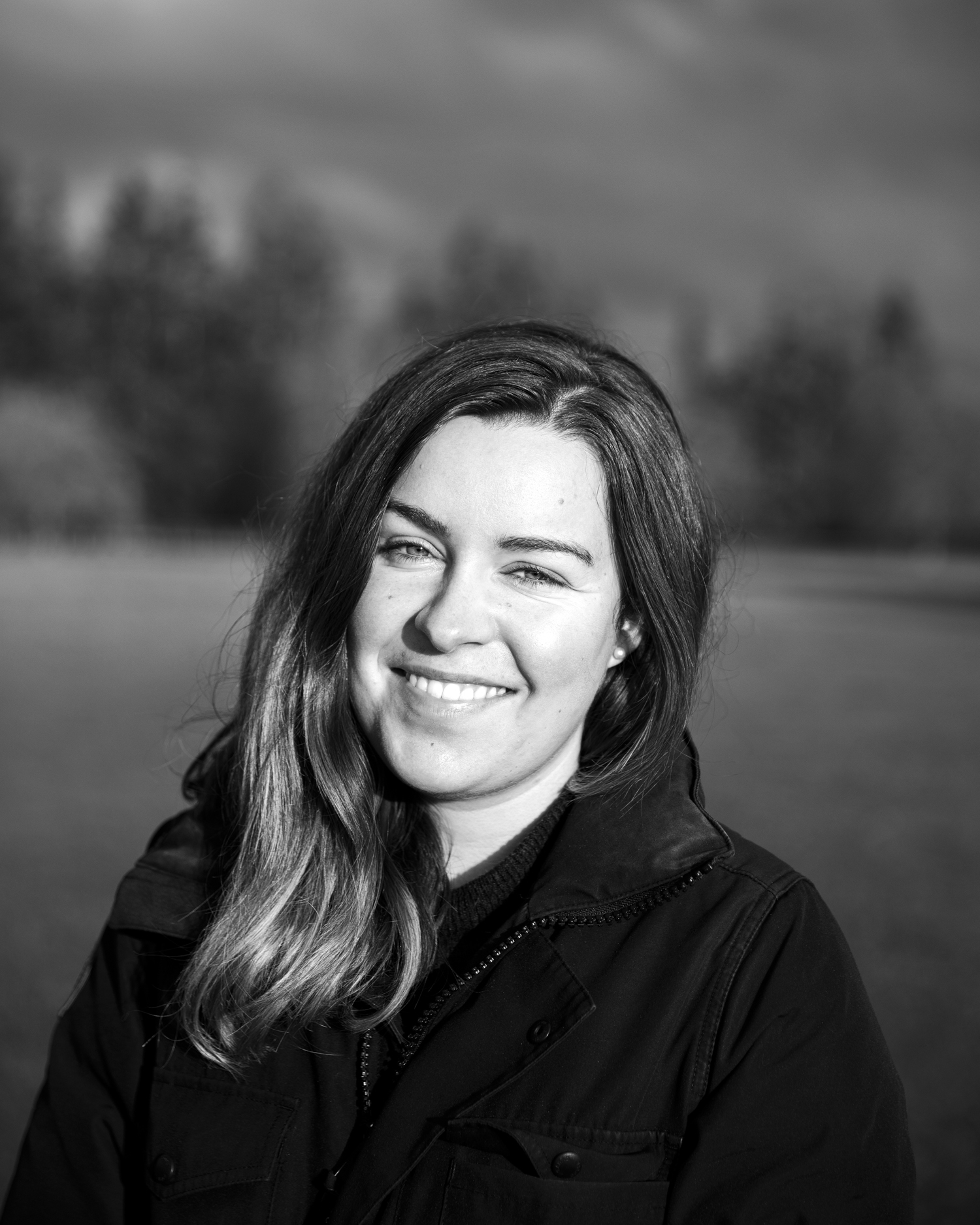
Lauren is a writer, reviewer, and photographer with ten years of experience in the camera industry. She's the former Managing Editor of Digital Camera World, and previously served as Editor of Digital Photographer magazine, Technique editor for PhotoPlus: The Canon Magazine, and Deputy Editor of our sister publication, Digital Camera Magazine. An experienced journalist and freelance photographer, Lauren also has bylines at Tech Radar, Space.com, Canon Europe, PCGamesN, T3, Stuff, and British Airways' in-flight magazine. When she's not testing gear for DCW, she's probably in the kitchen testing yet another new curry recipe or walking in the Cotswolds with her Flat-coated Retriever.
